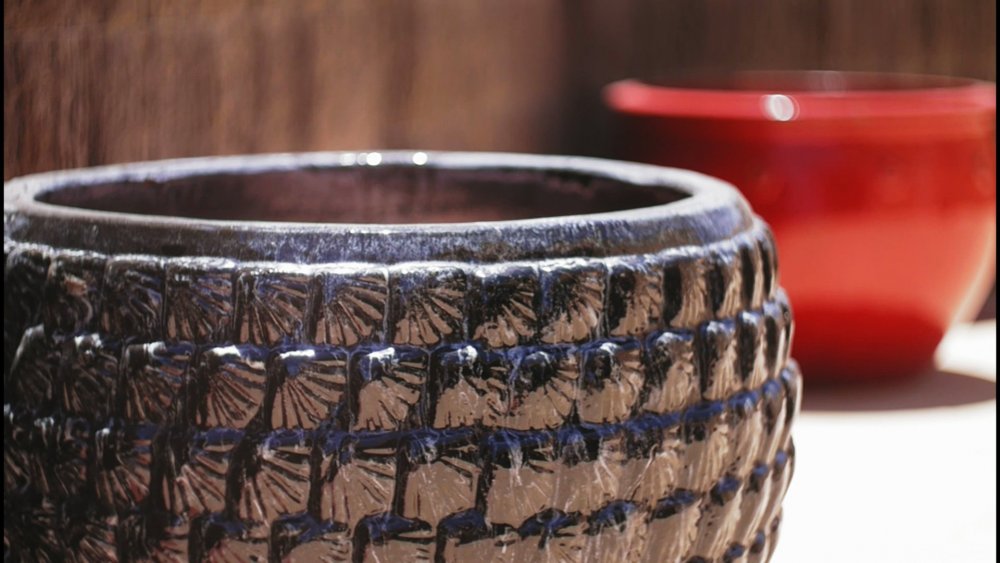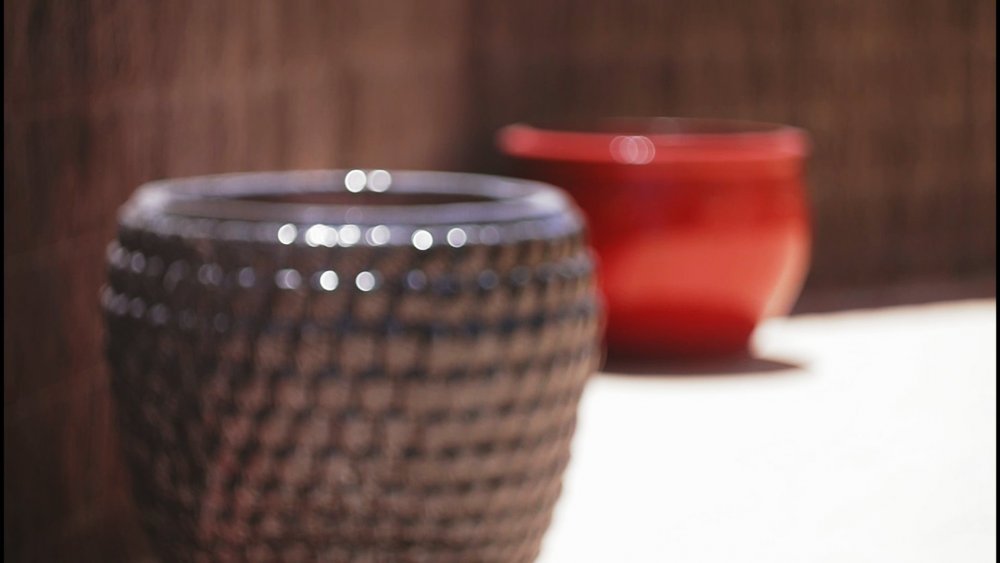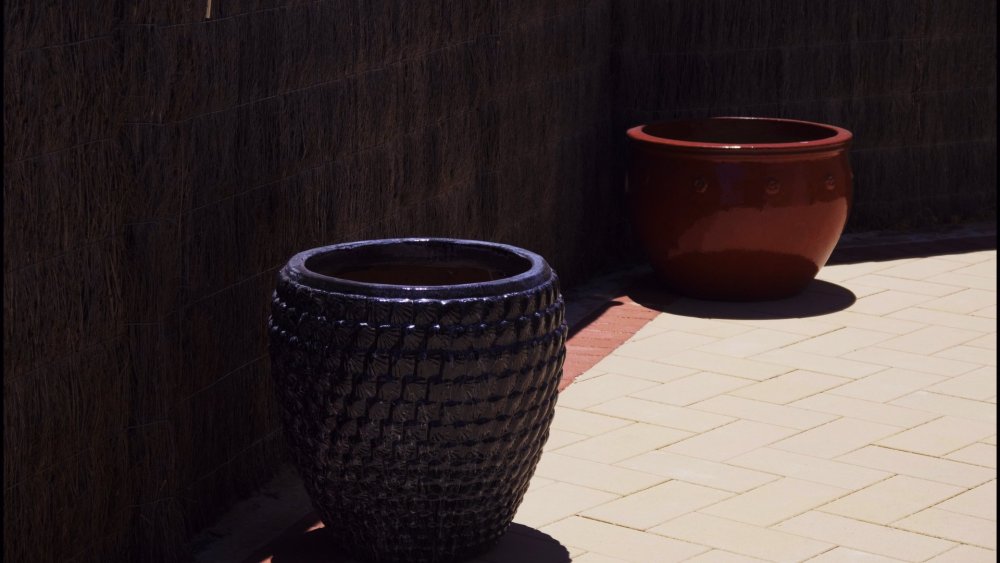-
Posts
8,028 -
Joined
-
Last visited
Content Type
Profiles
Forums
Articles
Everything posted by kye
-
No worries! Yes, that's a very small taste of the Australian heat.. It's 40C today (104F) and it's what, the third day of summer? LOL, yeah, $1000+ for a 1200W light doesn't seem too affordable to me either. At least, compared to the 1000W Halogen lighting setups you can get from a hardware store for a tiny fraction of that cost, it seems expensive. I know they're not the same, but getting 40% of the capability for 5% of the price still seems like good value for money in comparison!
-
I'm not so sure that it's that "simple". I'm reminded of the old competency framework that goes: Unconscious incompetence (people don't know how to do something, and don't know that they don't know) Conscious incompetence (people don't know how to do something, but they know that they don't know) Conscious competence (people know how to do something, and they are aware consciously of how to do it - teachers should be here) Unconscious competence (people know how to do something, but aren't consciously aware of how they do it, or even that they can do it - talented people are often here and don't know that what they're doing is hard or that they're even doing anything at all) For me the "I just put it on sticks" guy is probably the last stage. Their compositions will likely be gorgeous and if you said "I'll just put the camera here" and set it up too close with a wide-angle lens and looking down on the talent they would know that it was all wrong and would know what to do to fix it, but just wouldn't know that correcting that composition is a skill that a day-one amateur doesn't know. I agree. The first shot through the Alexa is like "ahh" combined with "wow". Unfortunately, yes, this is probably the case.
-
Yeah.. notice I said "checking footage and copying files" NOT transcoding!! and some degree of "checking" doesn't even require the ability to play the footage, you can still check exposure and stuff like that on a low powered machine Does FCPX render proxies on import? IIRC I heard that "importing" your footage takes hours? Resolve doesn't do that, it just goes <link> and it's there. Rendering proxies is easy, but you have to do it manually. After that it runs super-smooth. Of course, of you like FCPX better, then no worries, each NLE has strengths and weaknesses and suit different workflows better.
-
If portability is important then I'd buy a cheaper 15 inch one without the teething issues and just render proxy media. You can edit 4K on a decade-old laptop if you know how to use proxies in Resolve.
-
Absolutely. Better off getting a serious desktop and a cheap older laptop for checking footage and copying files in the field. I'm enjoying Apple (most of the time) but also seem to have been lucky without getting hit with the "bugs that don't exist" that much. When I did the Apple vs PC comparison in 2012 I learned two things: Every major piece of software I used was available in both platforms and it was the ecosystem that did it (there is no Apple messenger application for PC for example) and having full integration was of value to me Everyone suggesting that Macs were reasonable computers discussed the pros and cons of buying a Mac vs a PC, and everyone suggesting you buy a PC suggested that you buy a PC because PC1 had a better screen and PC2 was cheaper and PC3 had more RAM and PC4 had a fancier touchpad (and it was buggy but the manufacturer is blaming the OS and the OS people are blaming the drivers, but it's all beta and will totally all be figured out by the time it is released!!). I decided to buy a Mac partly because I couldn't find a level-headed person that realised I can't buy a PC with the screen from one manufacturer, the RAM from a different manufacturer, and the touchpad from a third for the price they're selling the fourth. I don't know what it's like now, but the pro-PC media really had an emotional problem about the whole thing. In terms of specs you pay more for Mac, but in normal usage the Mac makes better use of the hardware it has, even having major software packages run smoothly on the Mac that won't run on the PC with more RAM. Video editing won't fit this pattern though because for the most part it's about sheer horsepower and has pretty good optimisation, in Resolve at least. It's probably all changed now, but for video-first I'd buy a desktop PC and stuff it full of CPU / RAM and as many GPUs as I could fit into it
-
Ah, yes, I neglected the diameter in the calculation, and only took flange distance into account. That makes sense. Full manual FTW!!
-
I keep seeing cool tutorials for permanent setups to be used in a controlled studio type setup but there wasn't anywhere to share them, and I realised we mostly talk about taking the equipment to the subject rather than the other way around. Who shoots in a studio? Cool videos that might be useful..... Laura has a great YT channel about making things but obviously has film-making talent too, and this one is particularly useful. It even has a cameo from the Sigma FP!
-
More adaptable than MFT? They have practically the same flange distance, so I would have thought they'd be similar.
-
I was just thinking that!!
-
Hahaha... considering how much those apply to me, I just kind of assume people take that as the context of all my messages! That video really does look nice and I suspect it might be the colours. People get pretty critical of Panasonic CS but I have seen enough lovely images from P that I'm not critical at all. LOL about that guy.. I've had the same experience from Japanese ebay sellers but I must admit that the best results are coming from those people who have a rating scheme with criteria that they rate all their auctions against. I think it's a professionalism thing. I just bought my Voigtlander 42.5mm f0.95 from Japan and it's basically brand new, but I managed a ~25% discount from the new pricing. FD glass really is nice, after buying the FD 70-210 F4 and TC I really was impressed by the IQ and overall build quality. I am kind of curious about those notorious shots that everyone says are absolutely critical to Hollywood when they're saying why they could never use MFT. I'm beginning to wonder if they're a mirage because no-one seems to be able to give me a straight answer. I would have thought if they were half as common as I'm made to believe then we should be drowning in them and someone should be able to just post a bunch of them But yes, in terms of testing for me, I'll point them at a fence and run through the apertures.
-
Come on.. if SOME of the image being out of focus is good, then surely ALL of the image being out of focus must be FANTASTIC!!! I really do like the organic look of the Helios, I must admit.
-
Yeah, I posted the full strength ones as the poster wasn't sure what halation was, so going with a subtle example might not have been as useful. I tend to apply such things in post, but even so, you have to be careful otherwise it starts to get into the "is this a dream sequence? or an 80's video clip?" territory
-
Just looked at the first clips I shot with the 7.5mm Laowa and there's no visual traces of distortion at all - it's straight lines all around with this one. Definitely worthy of additional testing
-
Getting setup to do a bunch of lens tests, but not entirely sure how to test very wide angled lenses. For everything longer than 35mm (FF equiv) I'd do the person sitting with xmas lights in the background, but at what point is a lens so wide that this style of test doesn't apply? I have lenses that are 15mm and 16mm equivalent, so not sure what to test - people? landscapes? sharpness? People talk about the classic Hollywood close-up with a wide-angle and a shallow DoF, should I do that?
-
I just took delivery of the 7.5mm F2 Laowa, so will be comparing it with the SLR Magic 8mm F4 soon.. first impressions are pretty good though
-
An amusing test.... I just took a few shots in my backyard as a comparison. Setup one: GH5 shooting HLG in 4K, kit lens, amateur point-and-click composition, deliberately bad / basic grade.... Setup two: GF3 shooting rec709 in 1080p, "fancy" lens, a medium level of effort put into the composition and the grade (but still not expert level).. Which looks more filmic? Which makes you feel something? In this case the "fancy" lens wasn't even that fancy - it was a Helios 58mm F2 on an m42 SB. I thought it was overkill to put on one of my Voigtlander f0.95 primes, BUT having said that it would be overkill, the Voigtlanders cost less than a GH5 body, so it's comparable. Even if you say that buying a camera body "upgrades" all your lenses but buying one lens only upgrades that focal length, then sure, you're right. In that case, buy a really nice zoom lens (12-35 F2.8 or a Sigma 18-35 and a SB) or go the whole hog and go the Russian Primes and buy a whole set. Part of the organic look of the above is that the Helios is so imperfect. I'm happy to talk about how to shoot uncontrolled situations in natural light with fully-manual primes - I do it and it works great. Think about what you want to achieve, then invest in what will get you closer to that outcome.
-
Nice images - I particularly like the compositions In terms of how the lens resolves on 4K cameras, it's too old for online tests but you can shoot a few RAW stills and get a sense of what the resolution is. Just find something with fine detail and sharp edges in the house and use a fast shutter speed and then pixel peep, that should tell you what resolution the lens is. Ken Rockwell said very nice things about it, including that it was sharp, so the limitation in whatever setup you end up with will likely be something else - the sensor / codec / anamorphic element / etc....
-
My tests with the GH5 4K vs 1080 they looked the same when exported on a 1080 timeline, it was only when exported on a 4K timeline that the 4K had an edge. Also, RS doesn't matter much to me in how I shoot. I shoot hand-held because I mostly shoot in places where tripods and 'professional' filming isn't allowed, but my shots are typically either stationary shots or slow pan/tilts, and I'm not shooting action that much either (except sports which I shoot in 120p) so RS doesn't come into play that much.
-
With Resolve and its multi-level proxy workflow you can edit 4K content on just about anything.....
-
I'll second the above comments about seeing a medical professional just as a precaution, but if you're up for googling then maybe look up what nurses wear, not necessarily as fashion advice but I'm sure they're talking about being comfortable on their feet all day on hard floors but wanting budget options, or at least talking about why it's a thing and what can be done easily about it. Plus they have easy access to doctors so might actually know stuff about what causes it etc..
-
No worries. I'll follow that up with more advice that you probably don't want to hear (lol)... I'm also a hobbyist who shoots for fun and I've also missed shots due to camera stability (plus I hate the jittery hand-held look when there's no stabilisation so that's an aesthetic choice). I shoot GH5 hand-held with fully-manual lenses and therefore rely on the IBIS a lot. It's spectacular, but has its limits. Here's the advice you probably don't want to hear, unless you absolutely have to, don't shoot hand-held. If you can shoot with a tripod or monopod, do that. Can't do those? Shoot with a shoulder rig or one of those grips that work like the stock of a rifle that you brace against your shoulder (or rest it on your belt). Can't do those? Get a loupe and press the camera against your face for stabilisation. Can't do those? Take @Anaconda_'s advice and learn to stabilise with a camera strap as the third point of contact. ONLY after you've done those things should you go to shooting hand-held and relying on IBIS. I shoot hand-held but I can make a decent argument about all of the above, and have shot something like a dozen camera tests and half-a-dozen finished videos without any form of IS just to see if it was possible but even though I developed the skill it still didn't give me the look I wanted. Cameras are awesome to talk about and fun to play with but you'd have to be pretty freaking good for a new camera to improve your videos more than taking the time you're spending talking about it and putting that into developing your technique, and putting the money you'd spend on equipment into unpaid leave from work and (you guessed it) developing your skills. Some of the best videos online are shot with very modest equipment, or are uploaded in 720p to Vimeo from back in the day and are glorious despite not even being 1080. Here's one: Everything about this is glorious except the image quality, which your G7 would absolutely annihilate, but it's still better than anything I will ever make. Most people are probably the same. OK, lecture over. Talking about modes on the GH5, I did some tests for myself between the 6K 200Mbps 4:3 10-bit h265 mode, the 4K 150Mbps 10-bit h264 mode, the 4K 50p 150Mbps 8-bit mode, and the 1080p50 10-bit ALL-I mode and concluded that the 6K mode wasn't worth the extra effort in post, and in 50p it was more useful having 4K than 10-bit. Therefore, the modes I use are: 4K 150Mbps h264 10-bit 25p (this is by default - I only shoot slow-motion if I know I will want it in post) 4K 50p (if I want the dreamy but almost-reality look) 1080p125 (for sports, or if I want something to be a shot that screams LOOK AT ME I'M IN SLOW MOTION ISN'T THIS AWESOME) For sports, the advice I got was to shoot ~120p unless you know you're going to want sound for that shot, in which case shoot normal speed, eg for huddles or pre-post-game interactions. This was from @Mako Sports and makes a whole lot of sense and makes it really easy to know what modes to use when you're out shooting. I also didn't want to pay for UHS-II cards, so am limited to the above bit-rates, but YT is only something like 25Mbps in 4K, and much less in 1080, so the difference between 150Mbps and 400 is probably inconsequential unless you've got a distribution deal of some kind. Plus, if you must spend money, read this thread first...... I think there should be some kind of rule, like every lens should cost at least half of what your camera body costs......
-
+1 for considering lenses and lighting as @Shell64 suggests. Really, it's about doing what you do, figuring out where the issues and problems and bottlenecks are, then working out what the most effective ways to address them are, typically starting with things that are free and quick and working your way up to the things that cost a lot of money. Skill is often the limiting factor in a persons whole situation (it definitely is in mine!) because it takes huge effort, lots of time, and potentially also money, so it's not what people reach for first. Although if you've got lots of time but little money and are highly motivated then you can work hard and that can really build your capacity quickly.
-
Looking at options is great, but you end up trying to compare if IBIS is better than having an extra 1.35 stops of DR, and you get no-where. My advice is to: Understand the offerings in terms of what features they offer Review how you work and what features on offer actually matter Review if there are any limitations in how you work that would be eliminated (eg, IBIS makes going hand-held an option for some people) Evaluate the tech against your requirements and how you work No point buying a camera because it works better for someone else and gets great reviews for doing things that you don't do. And remember that when you're reading reviews most people who write reviews are review writers and may not actually do anything else except make reviews. Which is why vloggers only review cameras as vlogging cameras....
-
IIRC there was a difference if the shutter was 180 degrees or slightly less, at least on an earlier version of the firmware, so that might be worth a try? I remember a video with someone setting the shutter to 180 and it not doing so well, then setting it to 179 and it was much better.








